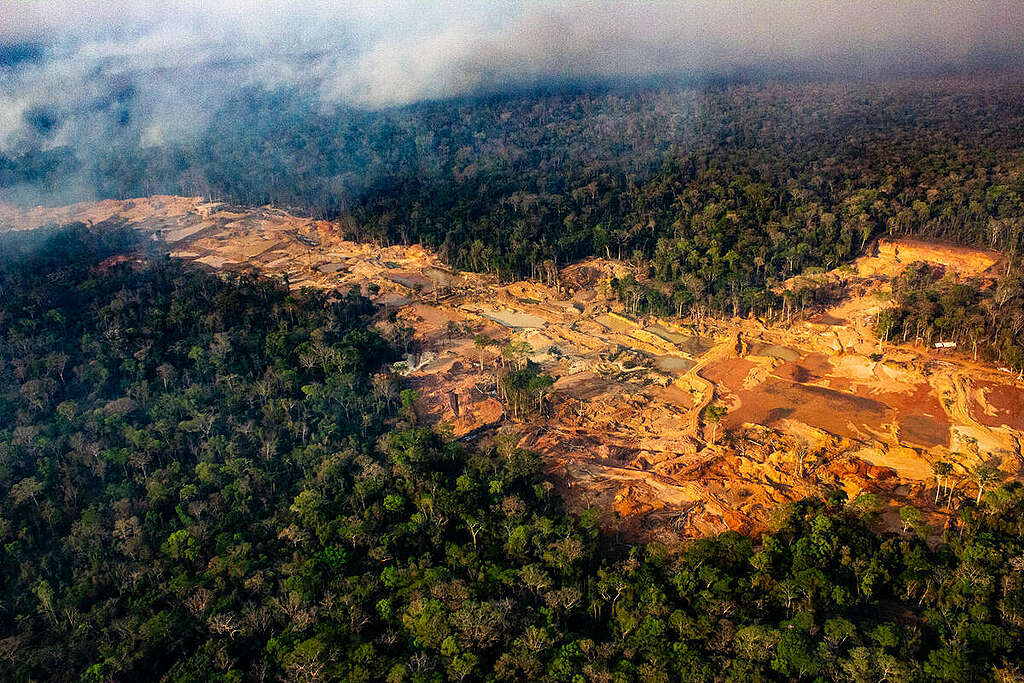The Amazon forest is proof that real solutions come from the Indigenous Peoples and Local Communities, and it is urgent they receive direct access to climate resources, a central theme of COP30.
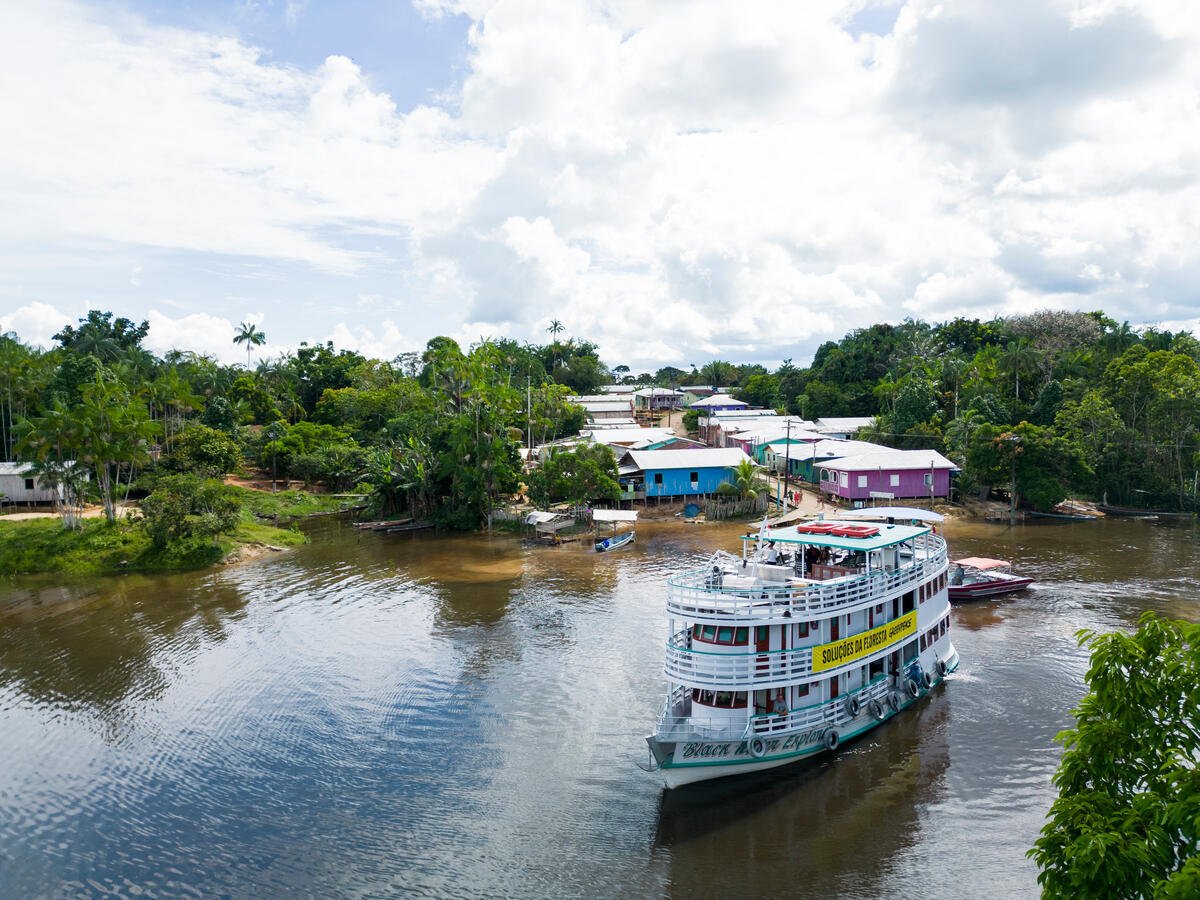
For millennia, Indigenous Peoples and Local Communities have developed knowledge and countless practices that protect and sustain entire ecosystems. With the worsening climate and biodiversity crises, acknowledging and respecting these practices are even more urgent.
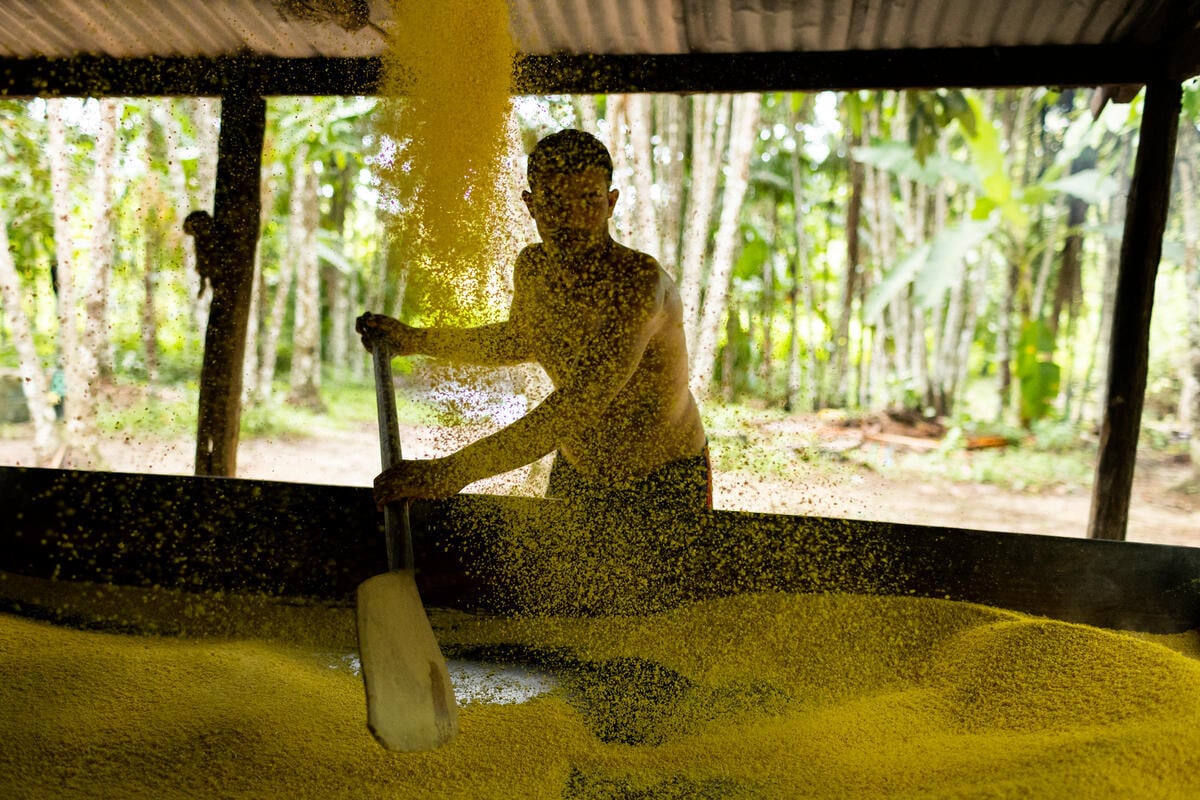
Instead of investing in false solutions that fuel forest destruction, governments must recognise and directly fund Indigenous Peoples and Local Communities-who manage 36% of the world's intact forests but receive only 1% of global climate finance-to scale their proven practices and shift away from the current extractive economic model that we see today in the Amazon and other tropical forests.
Real forest solutions are diverse, innovative and sustainable practices led by Indigenous Peoples and Local Communities. They promote well-being, conservation and contribute to climate balance, combining ancestral and current technologies with social justice and income generation, mainly through socio-biodiversity initiatives.
What are real forest solutions-and what is not
True forest solutions are based on nature and the rights and leadership of Indigenous Peoples and Local Communities. False solutions prioritise profits and market interests, promoting inequality, division and, in most cases, have little or no real value for environmental protection.
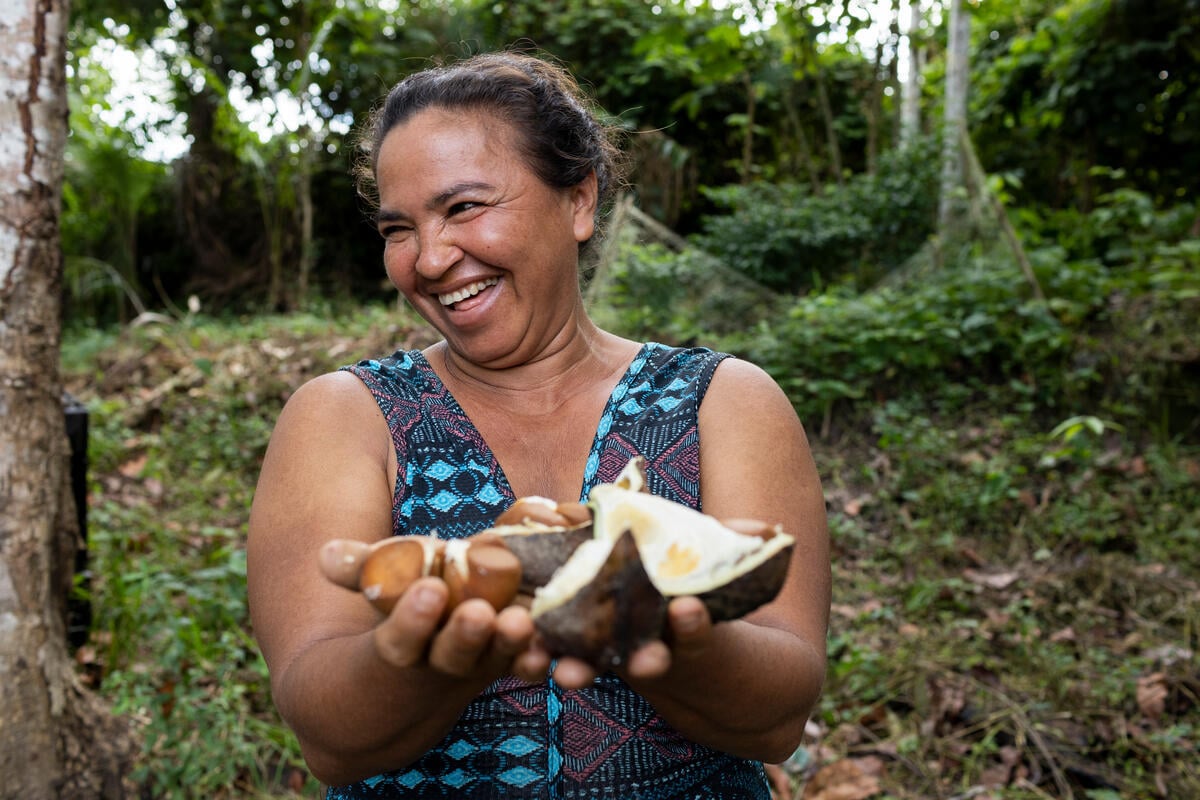
Examples of real solutions:
- Support of the demarcation and legal recognition of Indigenous rights to a communities' territories
- Economy based on socio-biodiversity, agroecology and agroforestry
- Community ecotourism, locally adapted and climate-resilient Indigenous seeds management, and traditional management of plants and animals
- Inclusive processes and recognition of ancestral knowledge
- Income generation with conservation and respect for local culture
Examples of false solutions:
- Bioeconomy created without participation of local populations and environmental protection
- Monoculture, mining, deforestation and overfishing
- Projects that force external values and only serve elites and corporations
- Ineffective carbon credits, especially offset projects, which postpone the development of low or zero carbon technologies and extend the use of fossil fuels
How do you know if it is a real forest solution?
- It involves Indigenous Peoples and Local Communities meaningfully, respecting the principle of Free, Prior and Informed Consent (FPIC) and recognising their knowledge, rights and territories
- Protects nature, generates income and a livelihood, and improves the lives of the local communities who live in the territories
- Helps build a more just, sustainable and diverse future
Climate finance: time to change priorities
Raising funds to stop the climate crisis will be a central topic at the UN Climate Change Conference (COP30), happening this November in Brazil. This is a chance to direct access to resources for Indigenous Peoples and Local Communities, those who have protected nature for generations, mainly in the three tropical forest basins: the Amazon (Americas), the Congo (Africa) and Papua (Asia).
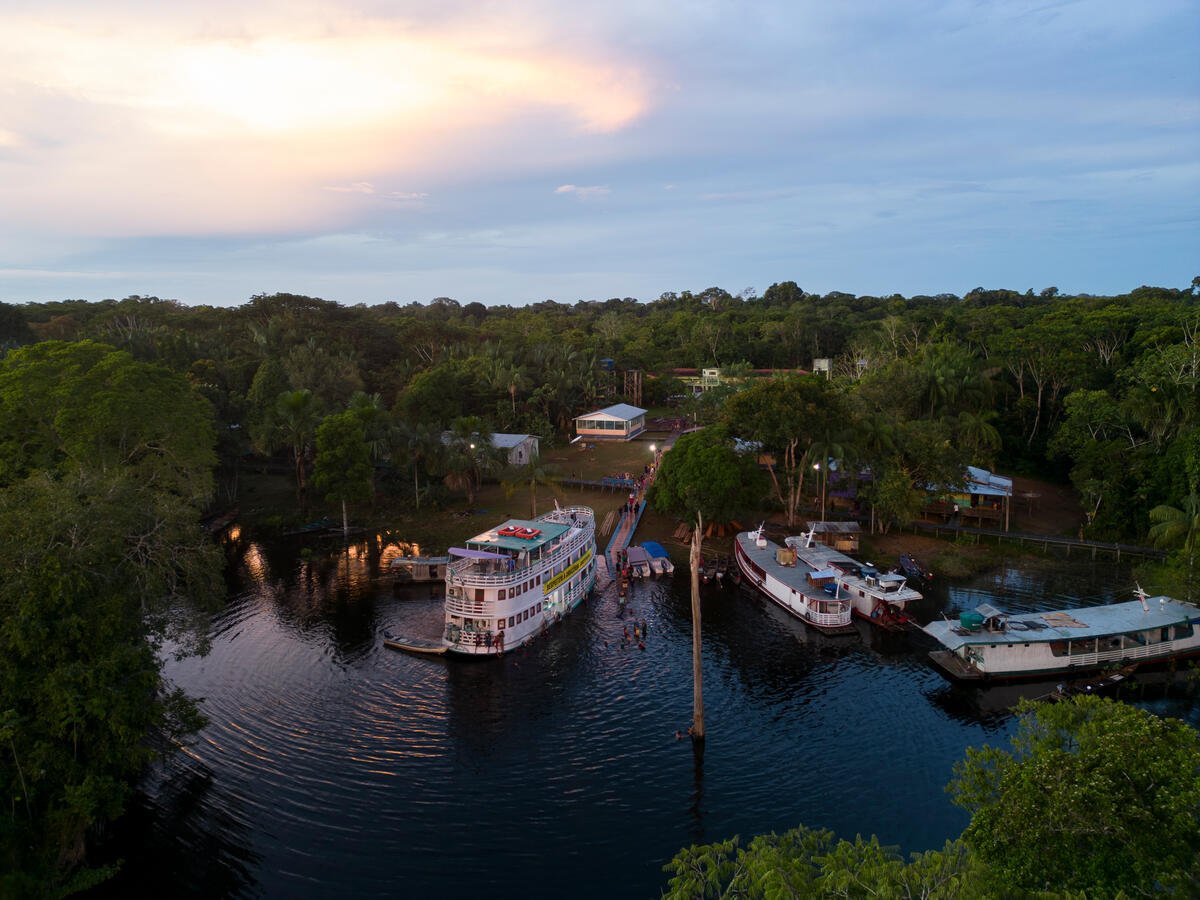
First announced by the Brazilian government two years ago at COP28, the Tropical Forest Forever Facility could be one of the solutions to halt and reverse deforestation and forest degradation, and increase forest protection. It has the potential to drive significant climate and biodiversity benefits and allow forests to have greater value standing than destroyed.
However, the mechanism has to address key issues to avoid failings of past multilateral funds: contribute to closing the climate funding gap, be at the cutting edge of addressing forest degradation, break new ground on ecosystem integrity, shift away from the overreliance on flawed carbon and biodiversity crediting approaches, and provide the much needed direct access to funds for Indigenous People and Local Communities.
Despite the distance, the three great tropical forests of the world, the Amazon in South America, the Congo Basin in Africa and the forests of the Papua, Borneo and Mekong Basin in Southeast Asia, are directly connected. While they face similar threats — such as logging, deforestation for commodity production, mining and oil exploration — they also offer similar solutions for the global climate and biodiversity crises. Strengthening our global alliance to protect them is vital to sustain life on our planet.
But today, even though Indigenous Peoples and Local Communities are the ones responsible the most for keeping the forests standing, less than 1% of the global climate budget reaches them. Without exclusive, direct and long-term financial support to protect and maintain the territory and promote forest solutions, the risks of the expansion of the economy of destruction such as deforestation, agribusiness and mining increase.
Amazon: a living example of forest solutions
Without the Amazon, there is no future for the planet. It is the largest tropical forest in the world, the largest reservoir of fresh water on Earth and is one of the main carbon sinks, vital to the global climate.
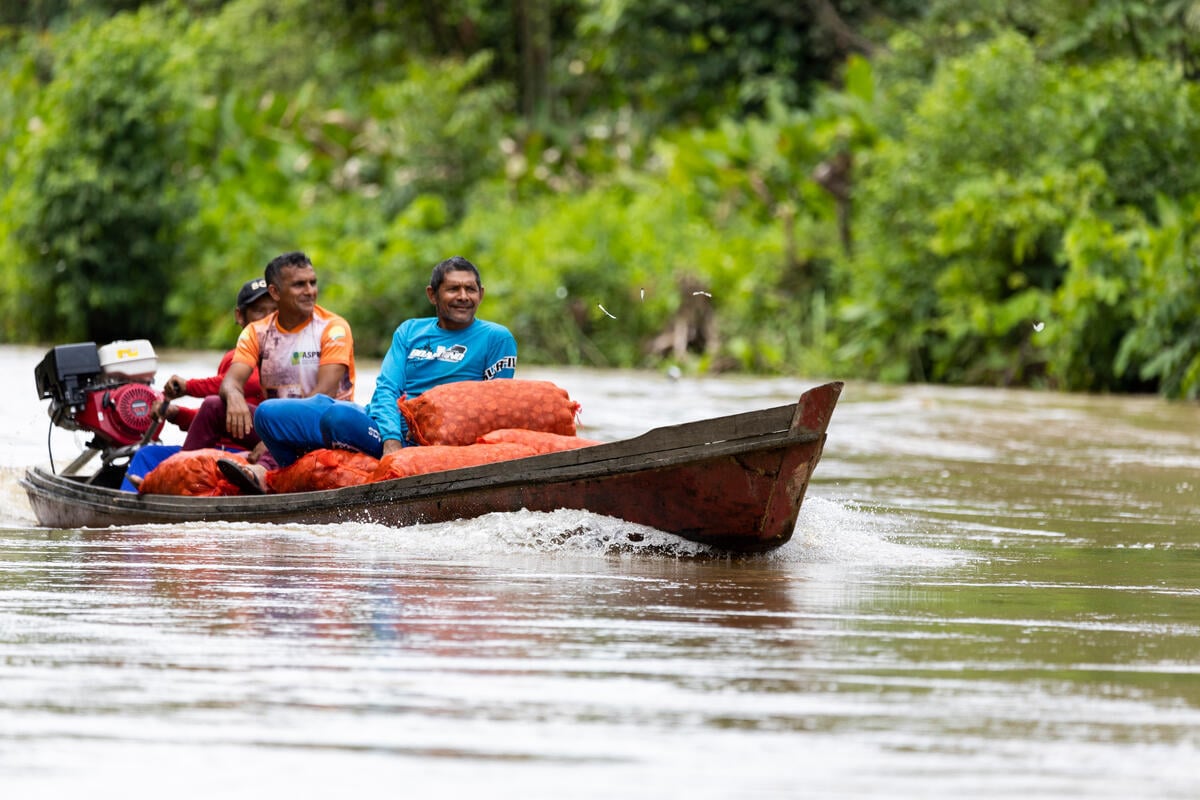
More than half of the Brazilian Amazon is officially protected either through Indigenous Lands, Conservation Units or other forms of protection. However, they are at constant threat by invaders that want to expand their agribusiness and illegal mining, and suffer from a lack of investment, and insufficient public policies.
There is still time for change. The Amazon can lead a regenerative economy, based on socio-biodiversity and the leading role of Indigenous Peoples and Local Communities. Supporting these solutions means, above all, respecting the Amazon and the people who live in it.

